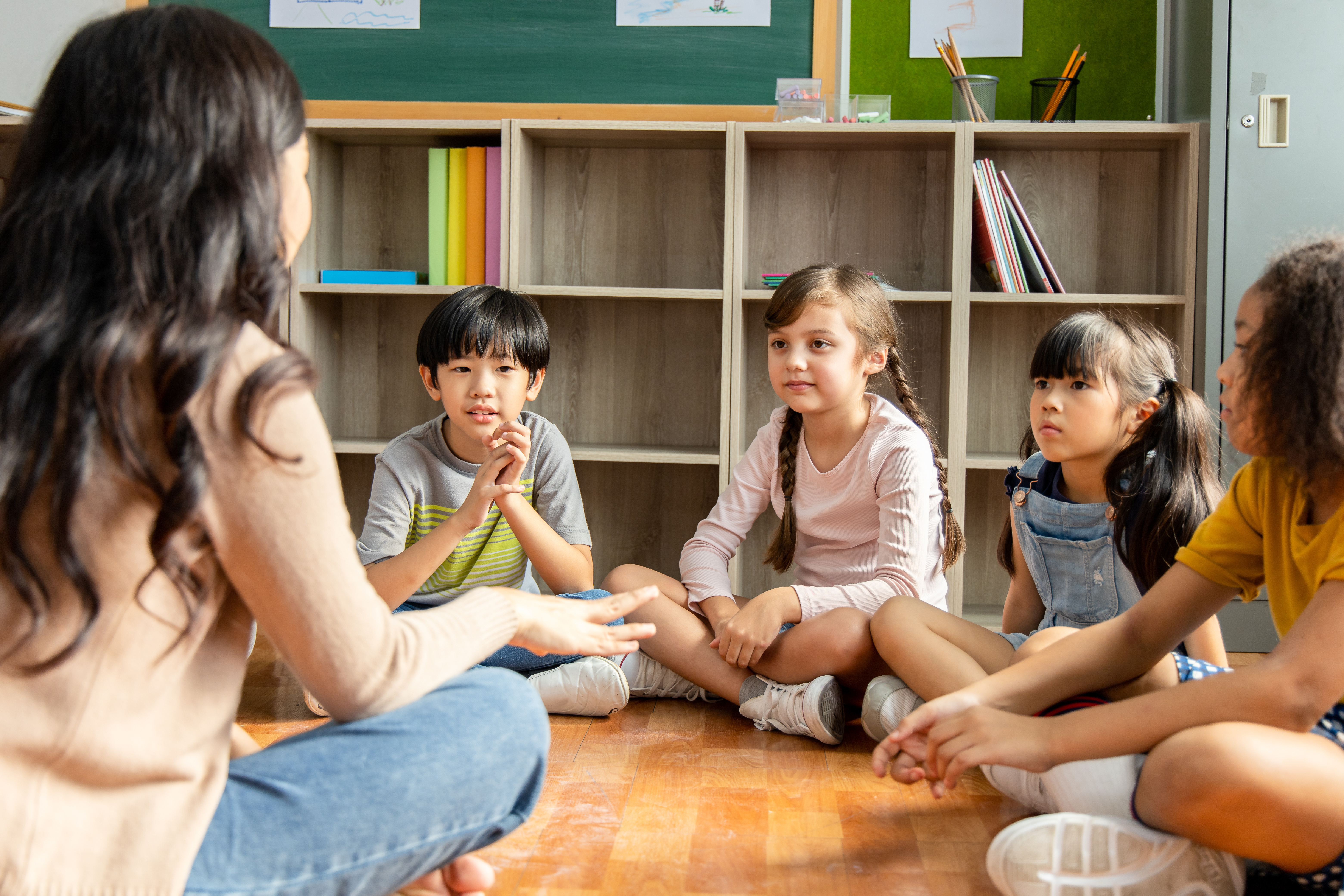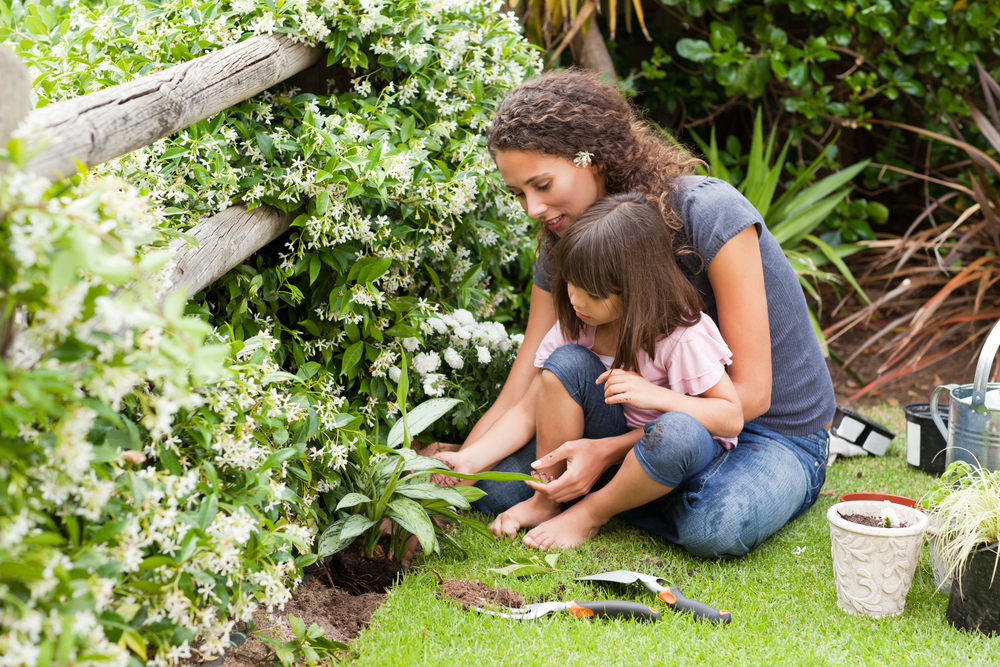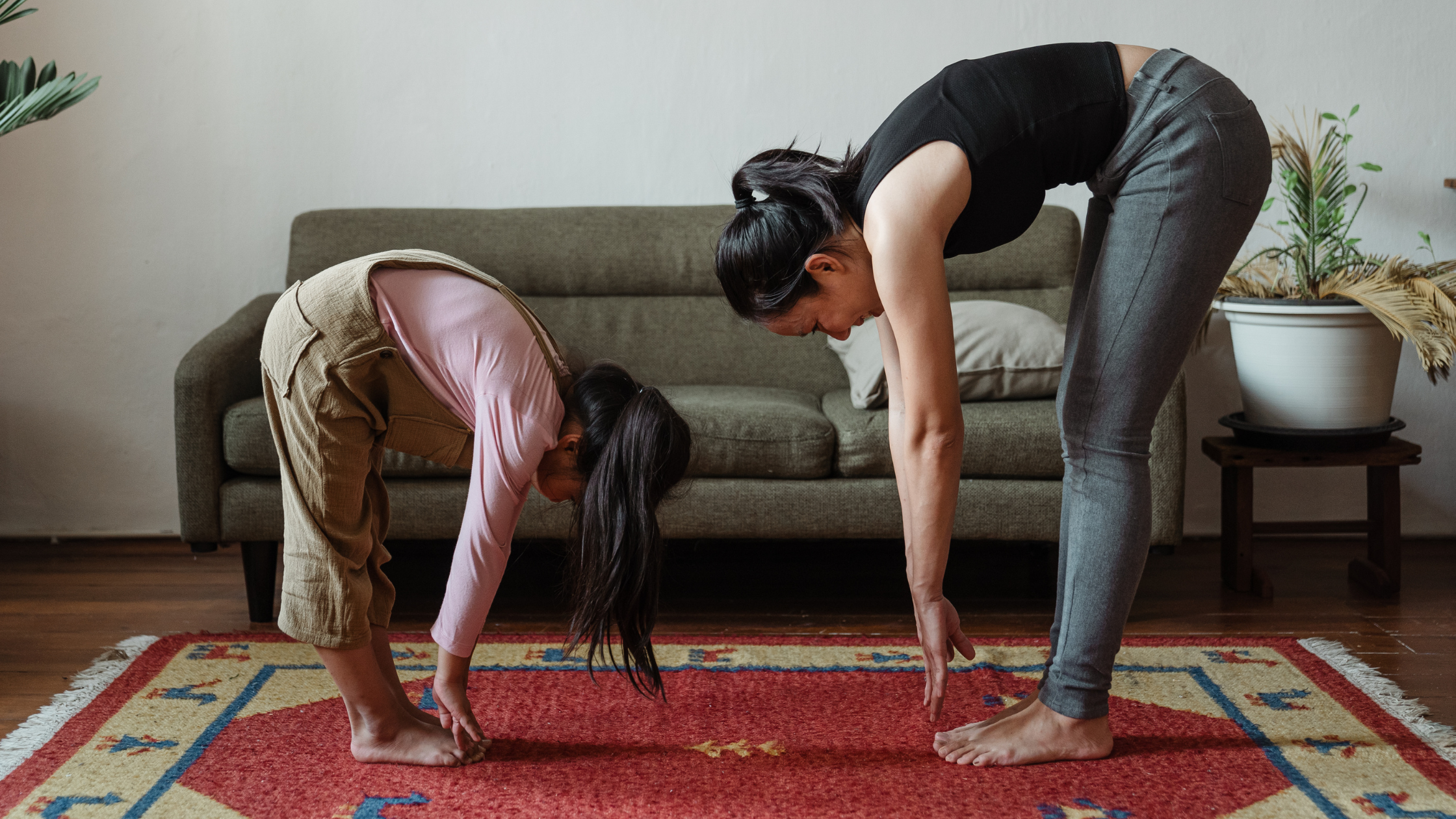
Build a Strong Classroom Community
At Walkabouts, we understand the importance of creating safe and inclusive classroom environments. Teachers work hard to set the foundation for strong classroom communities right from the start, making their students feel safe and accepted from the first day of school. To help students get acquainted, teachers ensure that all students can actively participate in low stakes community building activities that are simple to follow and easy to implement.
Classroom community naturally builds throughout the course of the school year as students become more comfortable with themselves and with one another. Teachers support their classroom communities by facilitating regular collaborative learning experiences for students. To make the classroom a place that students want to enter each day, teachers provide ample opportunities for continuous community building.
Nurturing the classroom community allows students’ needs to be met, results in greater participation from students, and encourages student ownership and accountability. When students feel safe and supported, they are more likely to broaden their educational experience by taking risks in the classroom, and they are more willing to make mistakes that result in meaningful learning experiences. In strong classroom communities, students feel comfortable asking others for help and offering their help to others, knowing that they can bring their minds together to creatively solve problems. Collaboration allows students to work together and positively build upon their academic, behavioral, and social and emotional (SEL) skills.
Teachers, here are two engaging ways to incorporate community building activities in the classroom on a regular basis!
START THE DAY WITH MORNING MEETINGS
Because children (and adults!) feel safe in environments in which they know what to expect, regularly scheduled activities are great for building community. Starting each day with a 10- to 15-minute morning meeting is a helpful classroom strategy to build consistency, routine, and trust. So even on the busiest of days, make sure to take time for a morning meeting.
Holding space for a morning meeting may feel as though precious instructional time is lost, but morning meetings help set the tone for the day — and can easily incorporate both academic and SEL topics. Morning meetings allow students and teachers alike to gear up for the fun and learning that lies ahead.
With a variety of activities to implement into morning meetings, students will be eager to find out what’s scheduled for the day. During morning meetings, students are encouraged to be active listeners, engaged sharers, and eager participants. Brainstorm a variety of activities to use over and over again throughout the school year that you can tie to shifting learning targets and goals.
Here are a variety of morning meeting activities:
- Integrate gentle stretching, meditation, or yoga.
- Incorporate high energy dancing, exercise routines, and other movement-filled activities.
- Discuss and set daily or weekly personal or academic goals with a few actionable steps.
- Share stories (oral or written) using a prompt or free share.
- Role play or model SEL competencies of self-awareness, self-management, social awareness, relationship skills, and responsible decision-making. Refer to casel.org and Walksheet sets at walkabouts.com for more information.
- Play whole class or small group games to practice academic skills.
- Complete student-suggested ideas.
Morning meetings are excellent opportunities for students to feel heard, connect to others, and work collaboratively toward common goals.
LEARN ABOUT ONE ANOTHER WITH THE NAME GAME
The name game gets everyone involved and paying attention to one another. It helps everyone become familiar with each other’s names and is especially helpful at the beginning of the school year or when new students join the class. Pronouncing each child’s name properly is important for building their self-esteem and fostering their identity.
Younger students may need gentle reminders or echoes of classmates' names and responses. For older students, to take away any nervousness, students can wear name tags and/or write their names on table tents placed on their desks for quick and easy reference.
The Name Game can be incorporated during the morning meeting or at any time during the school day, and it can be planned or totally spontaneous. Students can also be gathered as a whole class or in small groups.
To play the game, the first student starts with their name and something they share. Then, they use a teacher-directed or student-selected movement (jump three times, spin around twice, air high five a friend, share a dance move, etc.) to signal to the student who goes next. The next student should repeat the first student’s response (and so on), and add their response to it.
Here are ideas for using the Name Game:
During the morning meeting or at the beginning of the school day:
- My name is _____, and today I’m feeling…
- My name is _____, and today I’d like to learn…
- My name is _____, and yesterday I learned…
Anytime throughout the day:
- My name is _____, and I’d like to be a…
- My name is _____, and my favorite (insert topic) is…
- My name is _____, and I like to move my body like this (student moves in a particular way)…
At the end of a lesson or the end of the day:
- My name is _____, and today I learned…
- My name is _____, and I’m still wondering about…
- My name is _____, and tomorrow I’d like to…
Teachers can use the Name Game to learn more about their students, to gauge their emotional states, and as informal checks for understanding.
These strategies are sure to build your classroom community all year long!
Walkabouts integrate movement with language arts, math, and reading lessons to engage students. Teachers love to incorporate Walkabouts’ movement-rich lessons that build community and foster SEL. Explore Walkabouts through a free trial to learn more.





